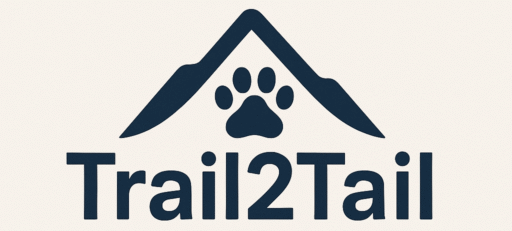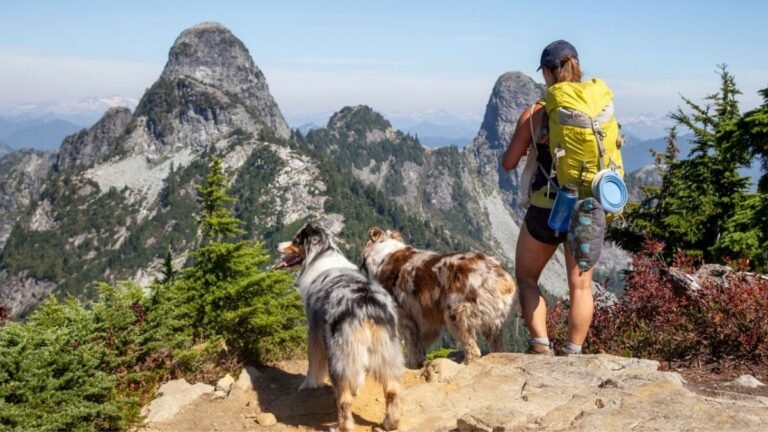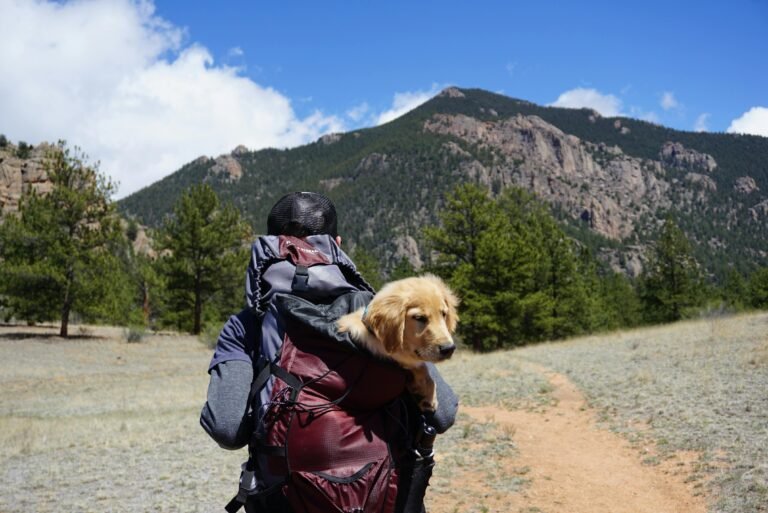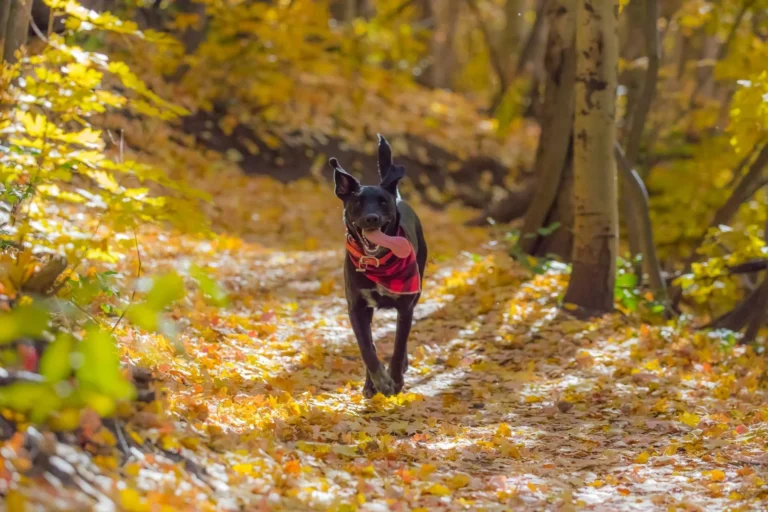You need to take specific steps after every hike with your dog to ensure their safety and well-being. While exploring the great outdoors can be a rewarding experience, it’s necessary to check for potential hazards and health issues that may arise during your adventure. From inspecting for ticks to assessing paw injuries, conducting a thorough post-hike evaluation helps you keep your furry friend healthy and happy. In this blog post, you will learn the vital checks to perform after hiking with your dog.
Evaluating the Physical State of Your Dog
After a hike, assessing your dog’s physical condition is important. Their energy levels, overall health, and any signs of distress can indicate how well they managed the outing. You’ll want to take a moment to observe their behavior and ensure their body is in good shape, offering you peace of mind while also allowing for early detection of potential problems.
Checking for Signs of Fatigue
Watch for indications that your dog may be fatigued after the hike. Signs such as heavy panting, slower movements, or reluctance to walk or play can suggest they need rest and hydration. Be mindful of their energy levels and give them a chance to recuperate before engaging in any further activities.
Inspecting Paws for Injuries and Wear
Inspecting your dog’s paws is a vital step after every hike, as rough terrains can lead to cuts, abrasions, or even blisters. Look closely between their toes and pads for any signs of irritation or injury, and don’t overlook any unusual wear that might affect their comfort and mobility in the future.
Paw injuries are more common than you might think, especially after long hikes on rocky, uneven, or hot surfaces. Sharp stones can cut the pads, while excessive friction can cause abrasions. Watch for signs like limping or favoring one paw over another, as this often indicates an underlying issue. Additionally, check for small stones or debris stuck in their fur that could exacerbate discomfort. Keeping your dog’s paws clean and well-maintained is important to prevent long-term injuries and ensure they can enjoy future adventures without pain.
Monitoring for Parasites and Insects
Post-hike, keeping an eye out for parasites like ticks and fleas is necessary to your dog’s health. These unwanted visitors can cling to your dog’s fur and skin, posing risks of Lyme disease and other infections. A thorough examination of your dog, especially around the ears, belly, and between toes, can help identify any hitchhikers before they cause serious harm.
Recognizing Signs of Tick and Flea Bites
Look for symptoms such as excessive scratching, biting at specific areas, or signs of irritation like red or inflamed skin. Ticks can be especially insidious; if you spot small black or brown dots on your dog’s skin, they might be ticks. Pay attention to any unusual behaviors or lethargy, which can indicate discomfort or illness resulting from bites.
Preventative Measures for Future Hikes
Preventing tick and flea infestations begins long before your adventures. Use vet-recommended topical treatments or collars that deter these parasites, and consider having your dog wear a body suit or protective gear during hikes. Regular grooming sessions will help you catch any pests early, alongside a scheduled veterinary checkup post-hike to ensure your dog remains healthy and free of parasites.
Investing in preventive measures will not only safeguard your dog but can also make your hiking experiences more enjoyable. A flea and tick preventive regime should be tailored to the specific environment you hike in; some areas have higher parasite populations than others. Regularly check for updates from your vet on the best prevention methods available and adjust your regimen according to seasonal changes. This way, you can ensure your furry companion is protected every time you venture outdoors.
Hydration and Nutrition: Essential Follow-Up
After a day of hiking, ensuring your dog remains well-hydrated and properly nourished is vital for their recovery and overall health. Hydration can affect their energy levels and ability to enjoy future adventures, while nutrition is key for replenishing any lost energy and supporting muscle recovery. Both hydration and nutrition are closely tied to your dog’s well-being, making this follow-up an imperative part of post-hike care.
Assessing Water Intake Post-Hike
Check your dog’s water intake after the hike to identify if they’ve consumed enough fluids. It’s advisable to offer fresh water immediately and monitor their drinking habits for the next few hours. If your dog seems hesitant to drink, try providing ice cubes or a splash of low-sodium broth to entice them to hydrate.
Evaluating Food Needs and Digestive Health
After a hike, assessing your dog’s food intake and digestive health is imperative. Adjust their meal portions based on the activity level, and observe for any signs of gastrointestinal upset. Consider offering a light meal after your hike to replenish nutrients without overwhelming their stomach.
Following an energetic hike, your dog may require an increase in their regular meal portion, particularly if they’re still in recovery mode. Focus on high-quality, easily digestible foods, incorporating proteins and carbohydrates to rebuild energy. Keep an eye on their stools—soft or inconsistent stools could indicate they’ve overexerted themselves or need a meal adjustment. Providing them with a small meal can help in recovery, but allow ample time for digestion before resuming regular feeding schedules. Taking these measures promotes optimal health, sets your dog up for enjoyable future hikes, and helps you both maintain a healthy lifestyle together.
Behavioral Changes: Alert Indicators of Stress
After a hike, your dog’s behavior can reveal important information about their well-being. Changes such as excessive panting, restlessness, or refusal to eat can indicate discomfort or stress. Paying close attention to these signals can help you gauge how your dog reacted to the hike and determine if further care is needed.
Identifying Anxiety or Discomfort
Look for signs of anxiety, such as whining, hiding, or excessive drooling. These behaviors often indicate that your dog may be feeling overwhelmed or distressed. If you notice any of these signs, take the time to provide a calm environment and assess whether they may require additional rest or recovery.
Understanding Behavioral Responses After Hiking
Your dog’s reactions post-hike can vary widely based on their stamina and the intensity of the trek. Signs like increased clinginess or seeking solitude can provide insight into their mental state. Observing these tendencies helps in recognizing their needs for comfort or space following exertion.
Each dog has a unique threshold for physical activity, and their behavior serves as a gauge for how they’ve handled the hike. For instance, a normally playful dog may exhibit reluctance to engage afterward, indicating fatigue or potential overstimulation. Conversely, a dog that becomes hyperactive after hiking might be seeking an outlet for pent-up energy. Understanding and interpreting these cues can guide you in providing appropriate support, whether that’s some quiet time, additional hydration, or adjusting future hike lengths based on their reactions.
Health Check: When to Consult a Veterinarian
Preventative veterinary care plays a pivotal role in your dog’s overall health, especially after outdoor excursions. After a hike, if you notice signs like excessive panting, limping, or unusual lethargy, a veterinary consultation may be necessary. Ignoring these symptoms could lead to more serious health issues, so err on the side of caution and reach out if something seems off.
Recognizing Symptoms That Require Professional Attention
Vigilance is key when it comes to your dog’s post-hike health. Look for symptoms such as vomiting, diarrhea, difficulty breathing, or noticeable pain when they walk or are touched. Any sudden changes in appetite or drinking habits are also red flags. Seek veterinary advice to address potential health threats quickly.
Establishing a Post-Hike Veterinary Routine
Creating a post-hike veterinary routine can greatly enhance your dog’s health and safety. Regular check-ups and screenings after outdoor activities can help identify issues early, such as respiratory stress or joint discomfort. Schedule these appointments based on the frequency and intensity of your hikes, ensuring that your veterinarian is informed about your dog’s workout regime.
Consulting with your vet about an ongoing post-hike routine establishes a proactive approach to your dog’s health care. Discuss physical examinations, vaccinations, and parasite screenings, tailoring a plan to accommodate your dog’s activity level. A structured follow-up routine not only helps detect potential health issues but can also foster a deeper understanding of your dog’s changing health dynamics, ensuring they remain healthy and energetic for future adventures.
Conclusion
Presently, performing thorough post-hike checks for your dog is vital for ensuring their safety and well-being. After an outdoor adventure, you should inspect your dog for any injuries, ticks, or irritations, and examine their paws for cuts or abrasions. Always provide fresh water and monitor their hydration levels. Look for changes in behavior or energy, as these may indicate underlying issues. By taking these steps, you help promote a healthy recovery and foster a positive hiking experience for your furry companion.







